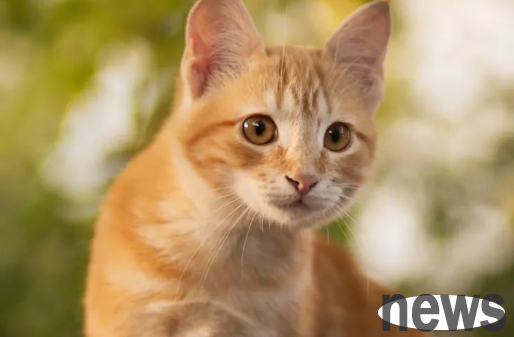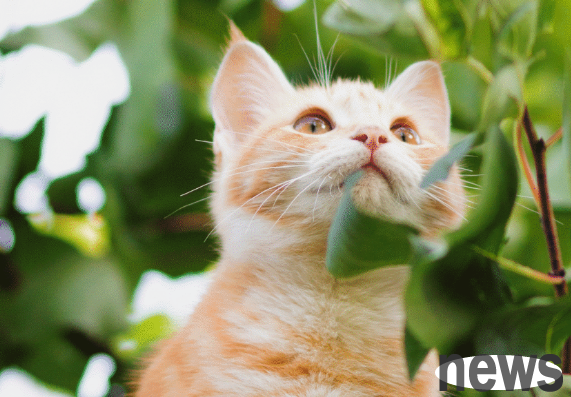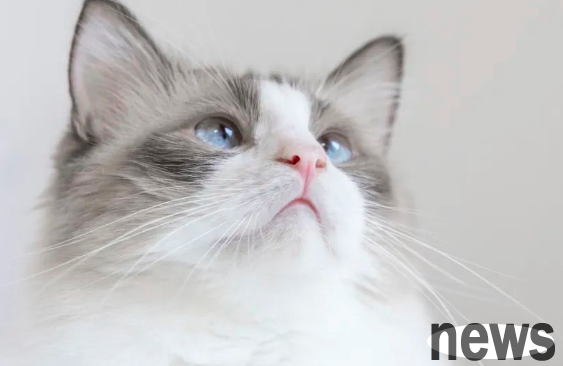Diagnosis and prevention of infectious peritonitis in cats
1. What is cat infectious peritonitis
cat infectious peritonitis is a slow, progressive and fatal infectious disease caused by specific mutations in the cat's enterovirus, characterized by cat peritonitis and ascites. This disease exists all over the world, with Europe and South America accounting for the majority, and cats of all ages and genders will be infected. There are three types of infectious peritonitis in cats. One is wet infectious peritonitis characterized by peritonitis and a large amount of ascites, and the other is dry infectious peritonitis characterized by no obvious symptom changes in the whole body, with only obvious fibrin blood clots and retinal hemorrhage in the eyes; as well as mixed cat infectious peritonitis with dyspnea, decreased vision, pus in the anterior chamber and pupil shrinkage at the same time accompanied by vomiting symptoms of wet peritonitis.

2. Diagnosis of infectious peritonitis in cats
(1) Clinical manifestations
Body temperature fluctuates and falls; anorexia, body size is thin; abdominal edema; iris discoloration and inflammation, and eyeballs are turbid.
(2) Fluid accumulation examination
X-ray of the thoracic abdomen, there is a small amount of effusion in the chest cavity, there is a large amount of effusion in the cat's abdomen, and there is no obvious effusion in the pericardial. Use B-ultrasound guided puncture needle to pierce the abdomen and get the liquid. The liquid is yellow-green and highly viscous.
(3) Fecal examination
Through fecal examination, it can be found whether parasites appear in the body of the sick cat, thereby diagnosing whether the sick cat is gastrointestinal virus or insect infection.
(4) Ascites laser five-category cytology detection
Ascites laser five-category cytology detection showed that the total number of nucleated cells and the total number of white blood cells was high. If the test results of Li Fanta's test of abdominal fluid (+), it shows that the ascites being tested are exudate caused by inflammation.
(5) Test paper detection
using the rapid diagnosis test strip of cat coronavirus antigen (FcoV).
Combined with clinical examination results, effusion analysis and coronavirus antigen results, the cat can be preliminarily diagnosed whether it has cat infectious peritonitis.

3. Prevent and control cat infectious peritonitis
(1) Reduce the chance of contact between domestic cats and feces
1 cat litter box can be used at the same time, and the cat litter box and surrounding environment should be cleaned in time. After cleaning, disinfect with disinfectant water. The cat litter box should be kept at a certain distance from the rice bowl and placed in a convenient position for cleaning.
(2) It is best not to raise a group in a suitable living environment, to prevent and treat cross-infection of feces, try to raise it indoors, and keep the room ventilated and dry. There cannot be more than 8 to 10 cats living in each area at the same time, and the group-raising cats should be controlled at 3 to 4.
(3) Regular physical examinations
It is best to isolate new cats from negative cats before entering the group. Female cats should go to the pet hospital for serological testing before delivery. Female cats should be moved to the quarantine delivery room 1 to 2 weeks before delivery. Rooms used for kittens isolation should be isolated and disinfected one week before. The cat litter box and rice bowl in the kitten isolation room should be thoroughly cleaned and disinfected every day.
(4) To reduce the occurrence of strong stress, try not to change the owner frequently, causing artificial stress.
(5) Enhance cats' immunity, strengthen cats' exercise, and provide a healthy, nutritious and comprehensive diet. Cats are carnivorous animals, and cats should appropriately increase their meat consumption.

4. Treatment of infectious peritonitis in cats
Currently, there is no effective treatment for infectious peritonitis in cats. Generally, the principle of using antiviral and preventing exudation is first based on the condition. The symptomatic treatment methods are as follows:
(1) Immune drugs: high-dose steroids, cytotoxic drugs.
(2) Prevent and treat secondary cell infection: broad-spectrum antibiotics, antiviral drugs.
(3) Nutritional support: Forced feeding with gastric catheter, supplement body fluids with infusion, and relieve symptoms such as dyspnea.
At present, Chinese residents have a very high interest in keeping pets, especially pet cats. Therefore, special attention should be paid to the prevention and treatment of infectious peritonitis in pet cats or animal shelters.




